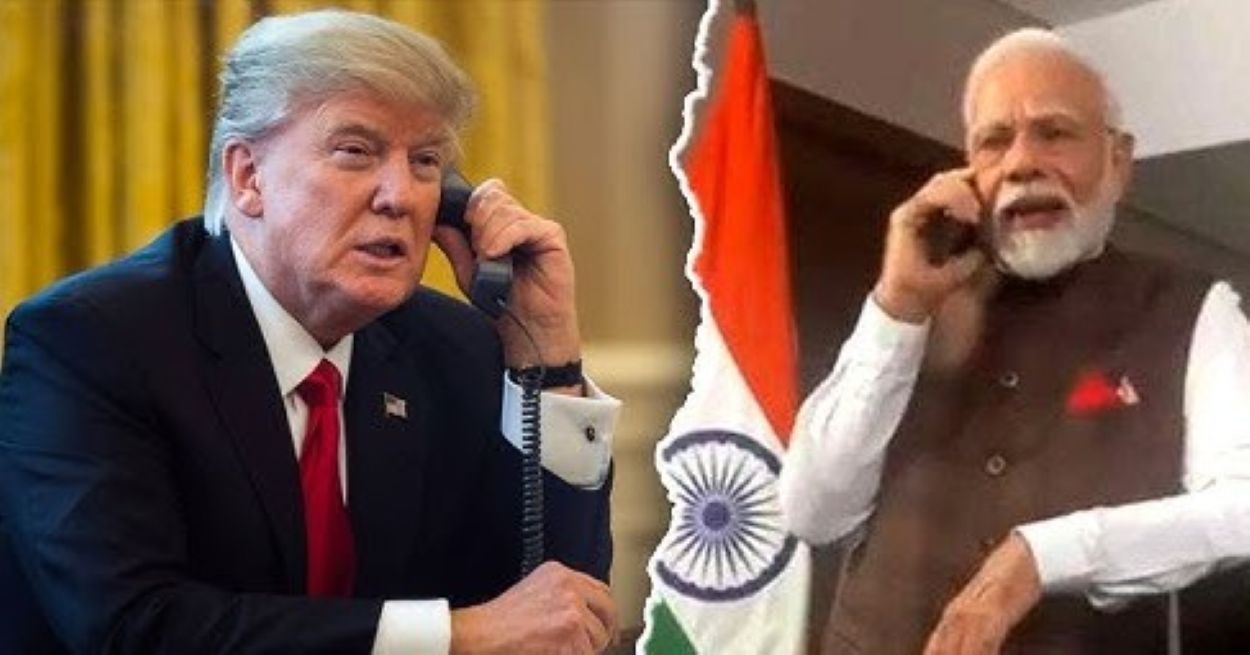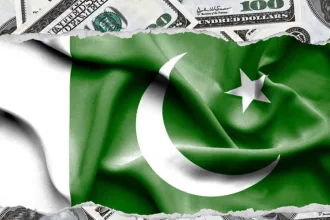On August 6, 2025, U.S. President Donald Trump issued an executive order imposing an additional 25% tariff on Indian imports, bringing the total to 50%, due to India’s continued purchase of Russian oil amid the Ukraine war.
The order, effective in three weeks, adds to a separate 25% tariff set for August 7, 2025, and exempts specific sectors like pharmaceuticals, steel, and aluminium. Trump stated, “India is directly or indirectly importing Russian oil, fueling the war machine,” justifying the move as “necessary and appropriate.”
Trump’s decision follows repeated threats, including a CNBC interview on August 5 where he criticized India’s trade practices, stating, “India has not been a good trading partner… they’re buying Russian oil.” India, the world’s third-largest oil importer, relies heavily on Russian seaborne crude, a key revenue source for Moscow’s ongoing war in Ukraine. The White House’s Stephen Miller accused India of financing Russia’s war efforts, intensifying the rhetoric.
NEW: President Donald J. Trump just signed an Executive Order imposing an additional 25% tariff on India in response to its continued purchase of Russian oil.
Here is the text of the Order:
By the authority vested in me as President by the Constitution and the laws of the…
— Rapid Response 47 (@RapidResponse47) August 6, 2025India’s Ministry of External Affairs (MEA) responded, arguing that the U.S. and EU also trade with Russia in sectors like uranium, palladium, and fertilisers, calling the targeting of India “unjustified.” Two Indian sources told Reuters that New Delhi will continue Russian oil purchases despite U.S. pressure, prioritising economic security.
Comparative Tariff Policies
The 50% tariff on India surpasses levies on other nations, such as 20% on Vietnam, 19% on Indonesia, and 15% on Japan and the EU. The move contrasts with a recent U.S.-Pakistan trade deal lowering tariffs, straining India-Pakistan relations further after their May 2025 conflict. Trump’s claim of brokering an India-Pakistan ceasefire is disputed by India, adding complexity to U.S.-India trade talks.
Read: Trump Threatens Higher Tariffs on India Over Russian Oil Purchases
Despite past camaraderie between Trump and Indian Prime Minister Narendra Modi, India has hardened its stance, protesting Trump’s ties with Pakistan. The tariff hike challenges Modi’s Bharatiya Janata Party, which previously supported Trump’s election with public prayers. India is consulting stakeholders to formulate a response, as businesses face uncertainty. Trump’s dismissal of India’s economy as “dead in the water” has heightened diplomatic tensions.
The 50% tariff could disrupt U.S.-India trade, impacting global markets and India’s energy strategy. It underscores geopolitical tensions tied to the Ukraine war and tests India’s balancing act between economic needs and international pressure. s






